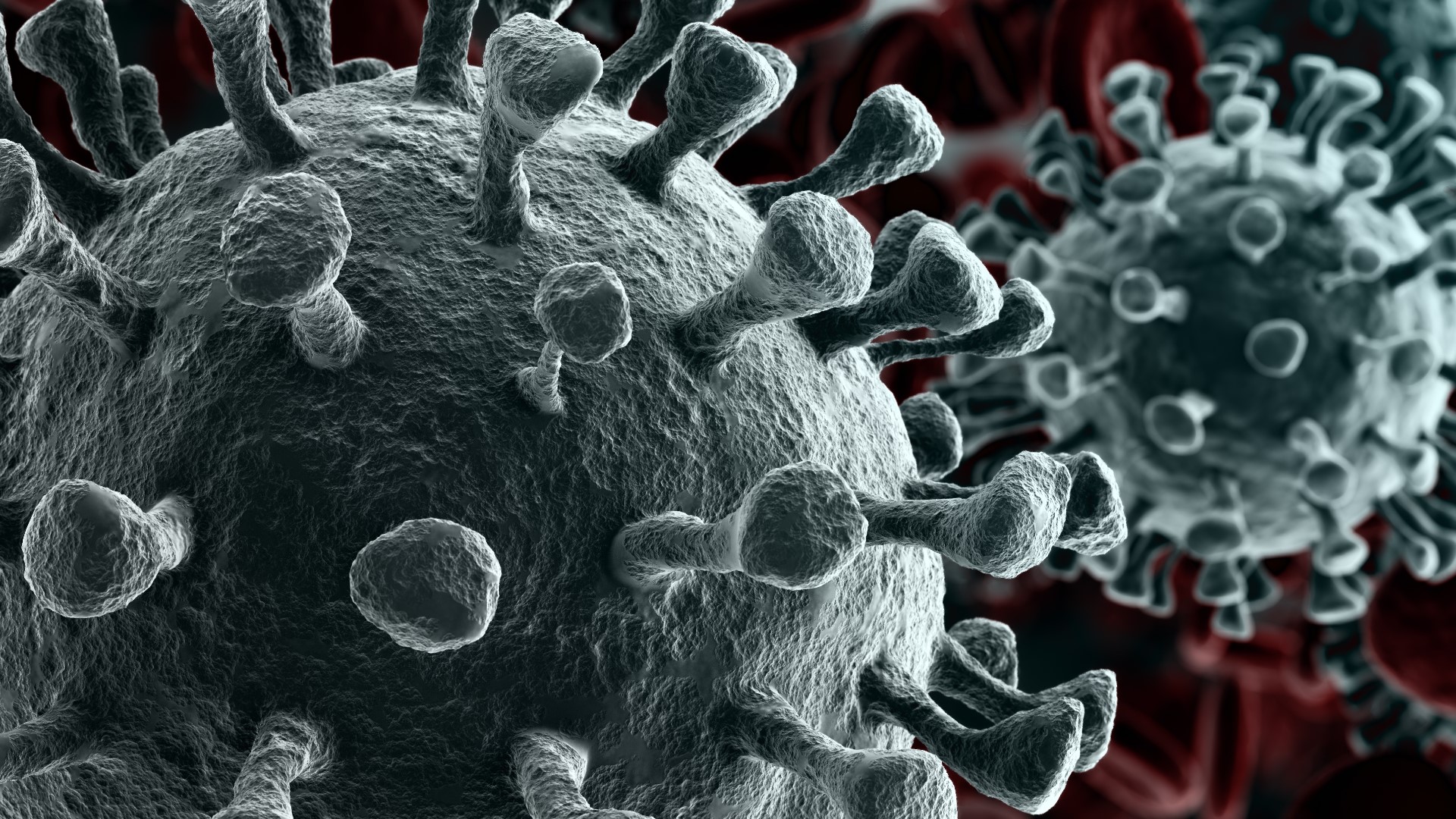ATLANTA — As COVID cases continue to decline nationwide, CDC data shows that a growing percentage of existing cases are due to the subvariant "stealth" omicron.
There are currently two subvariants of Omicron. CDC data shows that the majority of cases are due to omicron. Last week, 11% of all cases were due to the “stealth” subvariant, up from 6% the week before.
Health experts explain subvariants are basically mistakes of mistakes.
As the coronavirus replicates, it doesn’t always do so perfectly. Errors during the replication process lead to variants, some concerning, some not as much.
Dr. Harry Heiman of Georgia State University’s School of Public Health said when variants make mistakes, they form subvariants.
“When you have just a minor tweak or a smaller level of mutation on an existing variant, then we might call it a subvariant,” said Heiman.
The changes might be minor, but Heiman said even a small alteration to the genetic make up of a variant could be concerning.
“The same is true when we think about human genetics,” Heiman said. “Sometimes just a very small change can have a dramatic impact depending on where that change is. You don't know that until you've had a chance to monitor over time to see whether that virus is having a larger impact on the number of infections or the severity of infections.”
The "stealth" omicron subvariant got its name because — while it’s related to omicron — it doesn't look like omicron to scientists, which is making it difficult to track.

